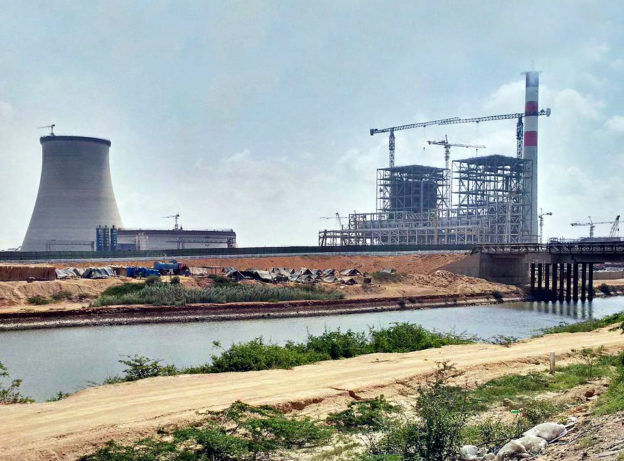Port Qasim Power Project (PQPP) is one of the early harvest energy projects under CPEC has potential to generate 9 billion kilowatts/hour of electricity annually, effectively mitigating the load-shedding in Pakistan and producing tremendous economic and social benefits.
During the implementation of the project, Power China Resources Ltd. (PCR) has followed the principle of “joint construction through consultation for mutual benefits” by sharing advanced technologies and training local talents, said a statement of Chinese Embassy.
According to the operation plan for localization of Port Qasim Power Project, finally, Pakistan will take over the operation and management of the power plant. PCR takes the training of Pakistani workers as its own responsibility. It has provided opportunities for the workers to get familiar with the production and management and master the core technologies of the power plant as soon as possible, thus, laying a solid foundation for the Pakistani side to take over the production, operation, and management.
Pakistani workers accounting for 60% of the whole staff are the primary workforce at the plant. To meet the needs of the local operation, PCR employed 100 Pakistani college graduates in 2016 and sent them to China for thermal power technology training for free. Now, these workers have taken up key positions and become the main force for power plant operation and maintenance.
Port Qasim coal-fired power plant has provided 2.5 billion kilowatts/hour of energy till May 26 and effectively improved the load shedding in Pakistan. The nature of thermal power plant production requires 24-hour production without interruption.
The power grid has been overloaded in the sustained hot weather since April, which has caused the short supply of power. During Ramadan, Pakistani workers, as the major force for plant operation, worked under the heat together with their Chinese colleagues at the frontline.
Meanwhile, the Ramazan traditions are given special considerations. The Pakistani workers are separated into four groups and work in three shifts every eight hours. Chinese workers have volunteered to lengthen their work time, and working in three groups and in two shifts every twelve hours.







